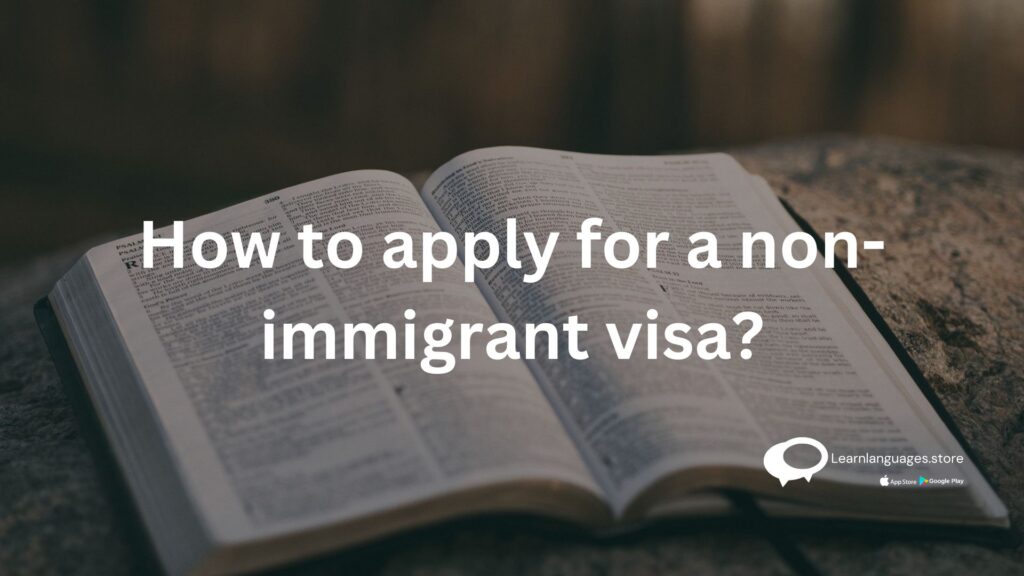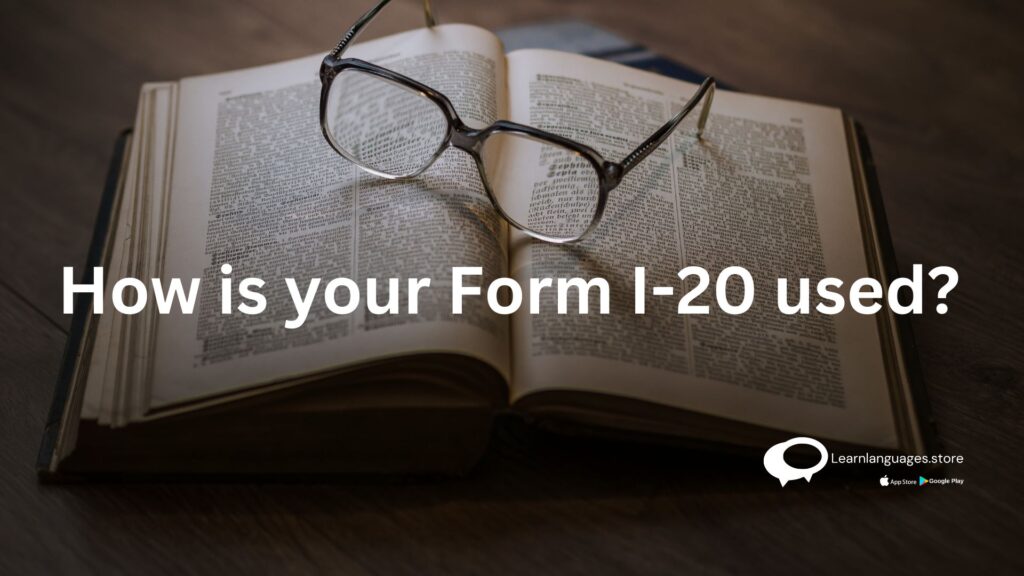Understanding Form I-20 to study in the USA
Understanding Form I-20 to study in the USA
A comprehensive guide to all your queries related to Form I-20
Acceptance into your preferred study program in the US and a step closer to your professional objectives do seem like accomplishments. Once your preferred American college has accepted you, it’s time to start on your visa papers, with your Form I-20 serving as the most crucial component.
What is Form I-20?

An educational institution in the US with government approval must issue Form I-20 as proof that a student has been admitted to a full-time program and has reported sufficient financial resources to remain in the US. The “Certificate of Eligibility” is the name given to this document, which enables a student to apply for a F or M student visa at a US embassy or consulate abroad.
Do all students need Form I-20?
A Form I-20, also known as a “Certificate of Eligibility for Non-immigrant Student Status,” is required for all F and M visa holders who intend to study in the US. The Designated institution Official (DSO) of the institution where you have been accepted will give you a Form I-20 once you have been accepted. However, you will need to get a second Form I-20 for any qualifying dependents who may travel with you to the US.

How to apply for a non-immigrant visa?
Your program start date is printed on your Form I-20. This means that as of the specified date, you are allowed to enter the nation 30 days prior to the start of your program. You should be aware that up to 120 days before to the start of your program, F-1 and M-1 student visas can be issued. Therefore, it is crucial to confirm that your student visa matches the Form I-20 type you have (such as F-1 or M-1). Keep in mind that you must bring your original Form I-20 with the application when you appear for your visa interview.

What is the validity of your Form I-20?
The major you have chosen and the level of education you are pursuing (undergraduate or postgraduate) will determine the completion date on your Form I-20. In addition, the university has estimated how long it might take you to complete all the degree requirements. In the unlikely event that you are unable to complete your program by the specified date, you may request an extension from the university’s international office at least one month in advance.
It’s also significant to note that depending on the level of study, the duration may change: When the semester’s final exams are completed and all degree requirements have been met, undergraduates:
Role of Form I-20 while applying for benefits
You are ostensibly enrolled in a study program in the US legally, according to your Form I-20. while a result, you could require it while you seek for the advantages given to holders of F and M visas. You will need to present your Form I-20, for example, if you want to apply for a driver’s license or a social security number.
How is your Form I-20 used?

Outside the US: You must apply for an F-1 visa at the embassy or consulate after receiving your Form I-20 from the institution. When you arrive at a U.S. airport, you must show a U.S. Customs and Border Protection agent your Form I-20 and F-1 visa.
Inside the US: Your Form I-20 will be used as identification and proof of your legal and academic status once you have reached the US and passed the border inspections procedure at the airport, seaport, or land border. The Department of Motor Vehicles (DMV), the Social Security Administration (SSA), and potential employers will all require you to present your I-20 when applying for a job.
When do you need a new Form I-20?
The first Form I-20 is enough and doesn’t require modification unless:
The original shape is lost or destroyed in its physical form.
Any travel endorsement exists.
if the SEVIS status changes (for example, from Initial to Active).
Any material changes to the information indicated, including any changes to personal data, study plans, optional practical training, or other relevant information
Once your study program ends
After finishing your course of study, you will have 60 days to leave the country, apply for a school transfer, or change your visa status.
Note: You must apply for an Optional Practical Training (OPT) work authorization before the end of your 60-day grace period if you intend to work in the US after your program is over.
Learn Languages Store
Vashi,
Email: services@learnlanguages.store










